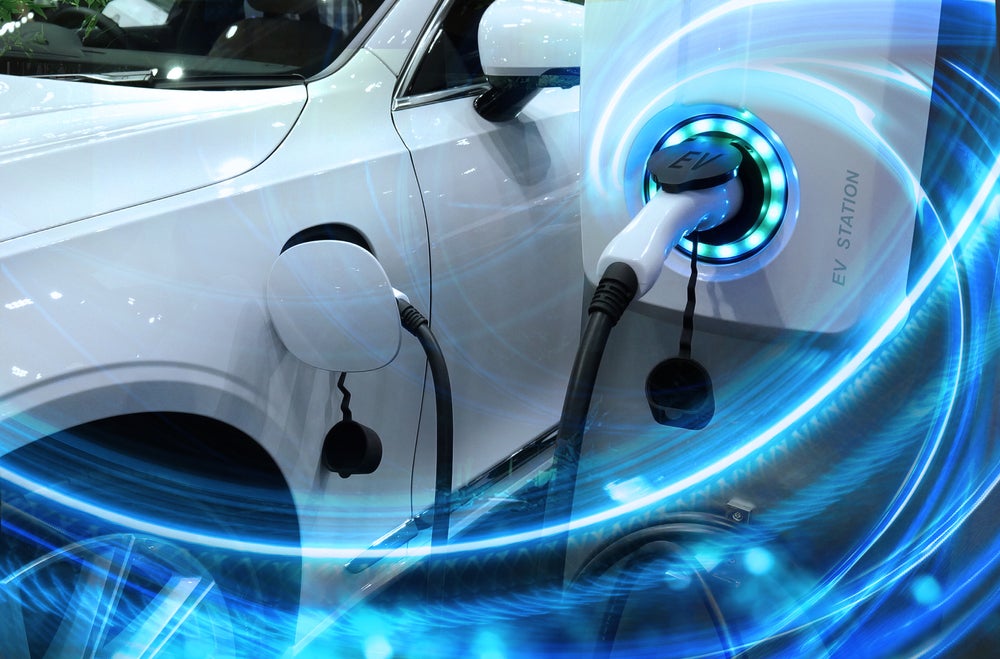
Total Motion, a fleet management company that has been managing electric and alternative fuel vehicles since 2004, has shared its findings from a survey that monitored reliability, downtime costs and breakdown frequency, comparing electric (EV) with internal combustion engine (ICE) cars in several key areas based on 36 months or 75,000 miles.
These were:
- Service, Maintenance and Repair (SMR) costs
- Number of breakdowns based on 36/75k
- Fleet Insurance costs
- Downtime
- Parts availability
- Repair times
- Dealer/Repairer performance
Between June 2017 and December 2021, the driving history of more than 2,500 EVs – Tesla, Porsche, Nissan, Renault, Audi and Mercedes – was scrutinised by the Total Motion team.
Service, maintenance and repair costs
Whilst the standard SMR costs for an EV is approximately 27 per cent lower than that of an ICE vehicle, the cost of a breakdown for an EV is 2.7 times more than that of an ICE vehicle – £221 per incident (excluding accidents) compared with £596.
And the number of breakdowns for an ICE vehicle is 1.9 as opposed to an EV at 3.1.
The average cost of an EV windscreen is six times that of an ICE vehicle. The average ICE replacement is £397 compared to an overage of £2,382 for an EV.
How well do you really know your competitors?
Access the most comprehensive Company Profiles on the market, powered by GlobalData. Save hours of research. Gain competitive edge.

Thank you!
Your download email will arrive shortly
Not ready to buy yet? Download a free sample
We are confident about the unique quality of our Company Profiles. However, we want you to make the most beneficial decision for your business, so we offer a free sample that you can download by submitting the below form
By GlobalDataThe average dealer satisfaction score for ICE vehicles is 84 per cent and 53 per cent for EV.
Fuel
The Total motion team also compared miles per gallon (MPG) and range performance. Using the combined published MPG, the ICE vehicle achieved 83.6 per cent whilst the EV achieved 74.1 per cent.
Insurance
When it came to insurance, an EV is approximately 19 per cent higher than that of an ICE equivalent, and in terms of vehicle off-road (VOR) days including accidents, the average number of EV VOR days was 15.3 compared to just 2.8 for an ICE vehicle.
Emissions
And finally, approximately 40 per cent of UK electricity is generated by using gas., which means that while tailpipe emissions are zero, the actual impact on climate change is negligible compared to ICE.
Simon Hill, director for Total Motion, said: “The findings of the study lead us to conclude that the transition to EV for many fleets is being done far too early, and that this will have significant cost and operational implications.
“Our view on the charging network is that this is so far behind demand, that we foresee large queues and increased roadside failures from running out of charge.
“We also believe that the UK charging network, and its installation and creation, requires significant state regulation in order for it to be viable.
“Undoubtedly some of this will improve as more EVs leave the car showrooms, the likelihood is it’s unlikely that they will ever match the ICE vehicles.
“Our long-term view is that ICE will continue to reduce in volume and EV and plug-in hybrid (PHEV) vehicles will continue to increase, with a view to hydrogen or hydrogen plug-in being challengers to EV within 15-20 years.”
Incremental steps to EV fleets can make a big difference







